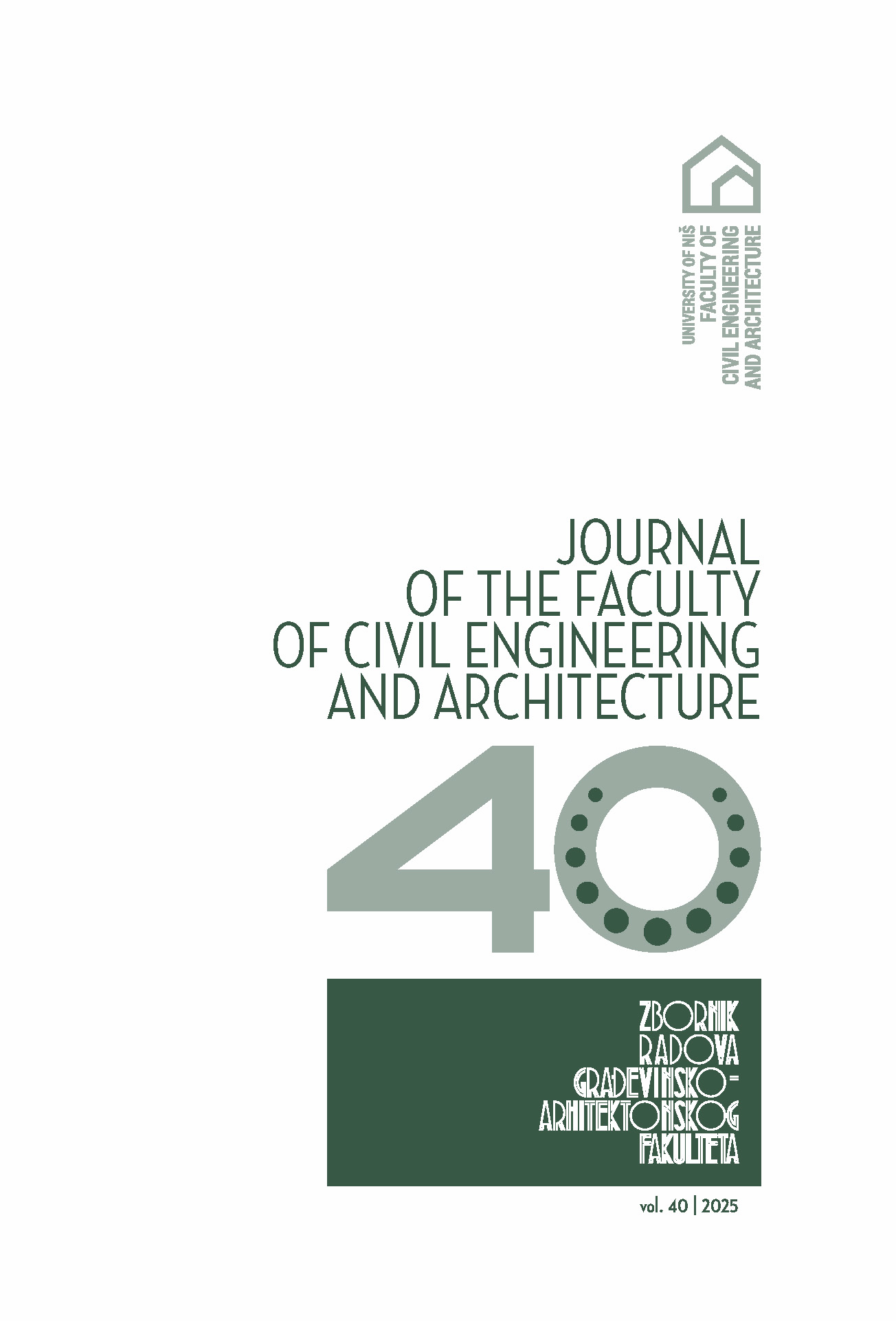Social interaction is shaped by a dynamic interplay between individuals and their physical surroundings, with each continuously influencing the other. From early childhood onward, individuals engage in diverse social situations, and peer interactions within school environments play a critical role in their development. Therefore, schools are recognized as crucial settings for fostering socialization among pupils. This study examines how spatial configurations influence the frequency and nature of social interactions among pupils, focusing on the case of the "Sveti Sava" Elementary School in Niš, Serbia. The research applies structured observations combined with Space Syntax techniques, particularly visibility graph analysis (VGA). It quantifies the correlation between spatial syntactic parameters, such as visual mean depth (VMD), and observed patterns of informal social interactions among pupils during school free time. The results indicate that areas with low VMD values, signifying greater spatial integration, consistently exhibit more frequent and dynamic pupil interactions than do more isolated areas with high VMD values. This finding underscores the importance of spatial integration and visual accessibility in fostering informal socialization. These findings carry significant implications for school architectural design, suggesting that integrated, visually accessible spaces are vital for promoting pupil interactions. The study concludes with practical design recommendations and calls for further research into spatial-syntactic factors in educational settings to reinforce and expand upon these findings.






